DROPS Paris
Fun and easy to knit cotton!
from:
0.75£
1.19€
Content: 100% Cotton
Yarn Group:
C (16 - 19 stitches)
/ 10 ply / aran / worsted
Weight/length: 50 g = approx 75 m
Recommended needle size: 5 mm
Knitting tension: 10 x 10 cm = 17 sts x 22 rows
Care: Machine wash 60°C / Dry Flat
Made in: EU
Raw material origin: Cotton from Pakistan
This yarn has an Oeko-Tex® certification (certificate number 09.HBG.68250), Standard 100, Class I from the Hohenstein Institute. This means that is has been tested for harmful substances and is considered safe in human-ecological terms. Class I is the highest level, and it means the yarn is suitable for baby articles (ages 0-3).
DROPS Paris is spun from multiple thin strands of pure cotton - a fiber that breathes and has a high absorbency - which makes garments made in this yarn cool, and yet warm.
Soft to the touch and with a delicate rustic feel, this yarn is available in two different types; DROPS Paris uni colour, made from 100% combed cotton and DROPS Paris recycled denim, made from 100% recycled cotton.
In both cases, this is a yarn that works up fast and easy, and it’s a great choice for beginners and for interior projects like potholders, dish cloths, towels and baby bibs; being especially good for people with sensitive skin, since it does not itch or irritate.
Read more about our products' sustainability here
Please be aware that the colours shown may vary from screen to screen in the same way that shades may vary slightly from dye lot to dye lot.
Here are some guidelines to wash your garment in DROPS Paris, but please note that cotton has the tendency to shrink in the wash, so make sure you measure the garment before washing, in order to shape it correctly after the wash:
While DROPS Paris uni colour shades can be washed at 60 degrees, recycled denim colours are more delicate and should not be washed at more than 40 degrees, to avoid shrinking.
- Machine wash - separately - using a gentle cycle program at 40ºC or 60ºC depending on the instructions on the label. Only use detergent without enzymes or optical brighteners.
- NEVER leave the garment to soak/wet in the washing machine for a long period of time.
- To dry the garment, shape it and lay it flat - do not hang - ideally on a warm bathroom floor or on top of a drying rack in a room with good air circulation. Never dry the garment in direct sunlight.
- Can be tumble dried.
- Unevenness in the garment will even out after washing or light steam ironing.
- Never iron the garment directly. Use always a damp cloth between your steaming iron or regular iron and the garment.
Note: If you are washing a project made with this yarn combined with another, the general guideline is to follow the washing instructions for the most delicate of the yarns you are working with.
Do you have a question about this yarn?
See a list of frequently asked questions (FAQ) about our yarns.
1) What type of fibers make the DROPS yarns?
Yarn can be made from a large number of natural and synthetic fibers. DROPS carries mainly yarns made from wool, cotton, alpaca, linen, mohair and silk. Each fiber type has its own qualities, and they are often mixed to take advantage of the best properties of each one. Coarse yarn has the advantage of being stronger and more durable, and finer fibers offer more softness and comfort. Here a bit about the main fibers we carry:
Alpaca:
Alpaca fleece is the natural fiber harvested from an alpaca, and it is similar in structure to sheep wool fiber. Its softness comes from the small diameter of the fiber, similar to merino wool. It is a soft, durable, luxurious and silky natural fiber. Yarn made from alpaca fibers does not felt or pill easily, and it can be light or heavy in weight, depending on how it is spun. While similar to sheep’s wool, it is warmer, not prickly, and has no lanolin, which makes it hypoallergenic. Alpacas come in 22 natural colors, with more than 300 shades from a true-blue black through browns-black, browns, white, silver and rose-greys.
Mohair:
This fiber comes from the Angora goats, and it's considered a luxury fiber. Mohair yarn is warm as wool, but much lighter in weight; it is durable, dyes well and does not felt easily. Mohair fibers have also a distinctive luster created by the way they reflect light. Despite being a hard fiber, mohair is usually spun into a very fluffy yarn, resulting in airy and lustrous garments.
Wool:
The wool fibers come from the skin of sheep and are relatively coarse fibers. Two striking characteristics of wool are its susceptibility to heat and its felting property, which is caused by the scales on the surface. Depending upon the breed of sheep, the appearance of the wool varies.
Wool from Merino sheep is considered the finest type of wool, having as characteristics that is finely crimped and soft. All the Merino wool in the DROPS yarns has its origins in South America, coming from sheep that have not been subject to Mulesing.
Pure new wool is wool made directly from animal fleece, and not recycled from existing wool garments.
Machine washable wool is wool treated chemically to minimize the outer fuzzy layer of the fibers, and be therefore fitable for machine wash (see Superwash).
Silk:
The silk fiber is a fine continuous fiber produced from the cocoon of a moth caterpillar known as the silkworm. While silkworm is cultivated, the wild or tussah silk is obtained from uncultivated silkworm cocoons. Silk fiber is one of the strongest natural fibers and makes a wonderful knitting yarn. It blends really well with other fibers, especially wool. Silk also dyes beautifully with natural dyes.
Vegetable fibers:
There are several varieties of vegetable fibers, found in the cell walls of plants or vegetables. Of all the varieties, two are recognized as major knitted or textile fibers. They are cotton and linen.
Cotton is the fiber surrounding the seeds in a cotton pod, and it is almost pure cellulose. Cotton is usually white in color but there are green and brown varieties as well. The cotton fiber is most often spun into yarn or thread and used to make a soft, breathable textile that is good for summer clothing and accessories, making a weaker yarn than silk or linen but stronger than wool.
Mercerized cotton is cotton that has been through a mercerization treatment. This treatment gives cotton fabrics and threads a lustrous yarn that is more lustrous than conventional cotton. It is also stronger, takes dye a little more readily, makes the yarn more resistant to mildew and reduces lint. It also may not shrink or lose its shape as much as "regular" cotton.
Linen is a fiber derived from the stalk of the flax plant that is durable and stronger than any other fiber. The linen fiber is relatively soft, straight and lustrous and becomes more beautiful with age. Linen is more comfortable to wear in hot temperatures than cotton, due to the fact that it absorbs moisture better and dries more quickly.
Other materials used in our yarns include synthetic fibers such as acrylic, viscose, polyamide (nylon) and polyester. These fibers are used mostly to give strength to a yarn (like our sock yarn, DROPS Fabel) or a special kind of structure (like our blown yarn, DROPS Air).
The polyamide fibre, commonly known as nylon, is very strong, durable, lightweight, easy to care for (can be machine washed and dried), and elastic, which makes it perfect for blending with other fibres to produce hard-wearing yarns like sock yarn.
Compared to polyester, polyamide is softer and more flexible, but it also absorbs more water and dries slower.
3) What type of information can I find on the DROPS yarn labels?
All DROPS yarn labels include information about fiber content (wool, cotton, etc.), weight in grams and ounces, length in meters and yards, washing instructions and symbols (explained here), color number, dye lot number and yarn group information.
4) What are the DROPS yarn groups?
All DROPS yarns are classified into 6 different thickness groups (A to F). Yarns in a same group have similar knitting tension/gauge, and can therefore be interchanged in patterns; however the length may be different, so when substituting always calculate the amount of meters/yards needed for the pattern to know the amount of yarn you need to get.
5) Can I use a different yarn than the one mentioned in the pattern?
Yes, as long as the yarn can be worked in the same knitting tension/gauge. Always swatch to make sure you get the same number of stitches in width and rows in height as given in the pattern.
Remember that different yarns with different textures, will give the garment different looks. The yardage/length may also be different, so when substituting always calculate the number of yards needed, in order to know the amount of yarn you need.
Read more about how to calculate the amount of an alternative yarn - and how to replace 1 thread of a yarn with 2 or more of another, here.
6) What does it mean when a yarn is “Superwash”?
A superwash wool is a special wool product that has been treated or processed in a way that allows it to be machine washable. Many people are afraid to work with wool because it is so easy to shrink (though some shrink wool on purpose) and superwash wool can allow them to work with great fibers without worry. (Read more here).
7) What does “Oeko-Tex® certified” means?
The Oeko-Tex® Standard 100 was introduced at the beginning of the 1990s as a response to the needs of the general public for textiles which posed no risk to health. The Oeko-Tex® Standard 100 is a globally uniform testing and certification system for textile raw materials, intermediate and end products at all stages of production. The test for harmful substances comprise substances which are prohibited or regulated by law, chemicals which are known to be harmful to health, and parameters which are included as a precautionary measure to safeguard health.
For more info go to www.oeko-tex.com
10) How accurate are the colours on the shade cards online?
When obtaining images for the shade card, we do our best to achieve the highest level of color accuracy. Unfortunately, we cannot guarantee how images will appear on your computer screen. Every monitor displays color differently, some colors might look darker than they really are, and some colors might be more saturated on some screens. If you experience that many of the yarn colors looks different on your screen than the actual color of the skeins, you can adjust the setting on your monitor.
11) What is a micron? What does super fine / extra fine mean?
The fineness of yarn fibers is measured in microns (thousands of millimeters). Super fine alpaca wool is 26-28 microns. Fine merino wool is less than 21.5 microns and extra fine merino is under 19.5 microns. The less microns the softer and more delicate a quality can be, the more microns the more hard wear the quality will be.
The reason why the microns in a yarn’s fibers are important is that the yarn will eventually become something else, and how delicate or coarse a yarn is will determine in part what we use it for. That’s why we recommend the softest yarns (like DROPS Baby Merino) for baby clothing, or why we choose to use a more hard wear yarn like DROPS Snow, for a seating pad or slipper.
12) Why are the colours in my skeins of print yarn different?
The reason why two skeins of a same print yarn look different can be 1) that both skeins are part of different dye lots; 2) that the skeins have been dyed using a technique called "magic print" (the one used for example in DROPS Delight), which provides unique patterns and smooth colour transitions to each skein, meaning also that within one dye lot, lighter or darker varieties might appear. This is no fault or defect, but part of the yarn's character.
13) My store doesn’t have the colour I want, what can I do?
If your DROPS store doesn’t have the yarn colour you want, try contacting a DROPS Super Store (the ones with the golden badges) - they will make sure to get a hold of the colour even if they don’t have it in stock themselves. See a list of all DROPS stores here.
14) Where can I find a specific dye lot of a colour?
Always try contacting your DROPS store first. If they do not have the dye lot you want we recommend you to ask other knitters and crocheters in the DROPS Workshop in Facebook or Ravelry, which may have the dye lot in their stash and might be willing to part from it.
Yarn sheds because there's not enough twist to hold all of the fibers together. All yarns have excess fibers (from production) that might come off as lint or shedding, in varied degrees that depend on how the yarn is spun. Brushed yarns ("hairier" yarns) like DROPS Melody, have more of these loose fibers than other yarns, and therefore shed more. Shedding also depends on what is worn under or over the garment, and whether this pulls at the yarn fibers. It’s therefore not possible to guarantee that there will be no shedding.
Below are some tips on how to get the best result when working with hairier yarns:
- When the garment is finished (before you wash it) shake it vigorously so the looser hairs come off. NOTE: do NOT use a lint roller, brush or any method that pulls at the yarn.
- Place the garment in a plastic bag and put it in your freezer - the temperature will cause the fibers to become less attached to each other, and excess fibers will come off easier. Leave in the freezer for a few hours before taking it out and shaking it again.
- Wash the garment according to the instructions on the yarn label. Garments worked with hairier yarns usually need to be shaken once dry after washing, so that the hairs rise and any excess fibers can come off.
Pilling is a natural process that happens to even the most exclusive of fibers. It's a natural sign of wear and tear that is hard to avoid, and that is most visible in high friction areas of your garment like a sweater's arms and cuffs.
You can make your garment look as new by removing the pilling, using a fabric comb or a pill/lint remover.
How can I replace this yarn?
If you are looking to replace this yarn with another DROPS yarn, you can use another yarn within the same yarn group, or try our yarn converter!
Other yarns in Yarn Group C
Read more about replacing yarn.Have a problem with the DROPS yarn you purchased?
When you purchase yarn from the shade cards or patterns on our site, you are not buying directly from DROPS but from one of the hundreds of DROPS stores around the world. It is therefore important that you take contact with the DROPS store where you bought the yarn, and that you save the labels of all the skeins you purchased (they are your warranty).
The DROPS store you contact will assist you and escalate the claim if necessary. Find a list of DROPS stores here.
Comments / Questions (327)
![]() Monica Alexandersson Larsen wrote:
Monica Alexandersson Larsen wrote:
Färg nr 61, ljus persika, har ju utgått. Vilken rekommenderar ni att använda om man vill använda de färger som filten är virkad i på mönstret? Tycker att det är svårt att se vilken som passar om jag ser på färgkartan.
23.05.2016 - 15:02DROPS Design answered:
Hej Monica. Umiddelbart vil jeg sige nr. 27. Men kontakt din DROPS butik, saa hjaelper de dig med at kombinere og vaelge de bedste farver. God fornöjelse.
24.05.2016 kl. 10:07Marlen wrote:
Hey, is it possible to add another shade of orange? The one available is very bright. No. 45 would have been perfect, but has been discontinued. This is very unfortunate. Are there any plans on adding new shades for the discontinued ones?
02.04.2016 - 13:52
![]() Makoto wrote:
Makoto wrote:
Hi. I tried to purchase a yarn and I went to the web site you listed. I want DROP Paris 30 grey blue here, but on the web site I says DROP Paris 30 Denim Blue. It looks different color. Are they the same color with different name and just looks different color because of light or something, or they are different color with the same number? Thank you.
14.03.2016 - 03:36DROPS Design answered:
Dear Makoto, you can use the color number from our shadecard, sometimes we have to adjust colour name that's the reason why you may see another color name. Happy knitting!
14.03.2016 kl. 10:38
![]() Carina wrote:
Carina wrote:
Nu är jag snart färdig med min filt Rainbows End, 139-40. Tyvärr så är det så att när jag nu var och skulle köpa garn till att virka runt filten med så, var det inget garn kvar av samma färgbad som jag har använt på hela filten, och det var jättestor skillnad på färgen som går att köpa nu och med den som jag har använt! Nu undrar jag om det finns någon som vet var jag kan få tag på: DROPS Paris färg 38, färgbad 53? Med vänlig hälsning Carina
26.02.2016 - 13:32DROPS Design answered:
Hej Carina, Klicka på "Beställ nu" här på färgkartan så ser du vilka butiker som har Paris i sitt sortiment. Lycka till!
29.02.2016 kl. 14:23
![]() Annette wrote:
Annette wrote:
Hej. Er det kun garnet der hedder DROPS Paris recycled denim der er Oeko-Tex certificeret, eller er DROPS Paris uni colour garnet også Oeko-Tex certificeret? Venlig hilsen Annette.
07.02.2016 - 11:25DROPS Design answered:
Hej Annemette. Alle typer/farver DROPS Paris er Oeko-Tex certificeret
08.02.2016 kl. 13:07
![]() Anne wrote:
Anne wrote:
Ik vind dit geen fijn garen om mee te werken, er komen continu lusjes in en hij ontrafelt al haast als je er mee aan het breien/haken bent. Zal er goed over na moeten denken om hier weer mee te werken voor een volgend project...
28.01.2016 - 21:57
![]() Chris wrote:
Chris wrote:
Bonjour J'aimerais tricoter un plaid au point mousse de 1,80 m X 1,20 m avec des bandes de 3ou 4 couleurs différentes avec la laine Drops Paris . Je n'arrive pas à calculer combien de pelotes de chaque couleur je devrais acheter, ni le nombre de mailles que je devrai monter ... Merci
25.01.2016 - 23:35DROPS Design answered:
Bonjour Chris, la quantité de fil dépend de différents paramètres: tension, point employé, etc... Demandez conseil à votre magasin DROPS, il saura vous aider. Bon tricot!
26.01.2016 kl. 10:38
![]() Rosi wrote:
Rosi wrote:
Hi :) Ich wollte nur mal fragen, ob man ein Kleidungsstück mit diesem Garn färben kann, vielen Dank für eine Antwort!
10.11.2015 - 18:15DROPS Design answered:
Liebe Rosi, ja, Paris ist reine Baumwolle und somit färbbar.
25.11.2015 kl. 07:29
![]() Marlen wrote:
Marlen wrote:
Hallo, ich habe eine Anleitung für eine Decke, in der Drops Paris benutzt wird. Dort werden auch die Farben 42 und 45 verwendet. Wird es diese Farben nochmal geben oder sind sie ganz aus dem Sortiment verschwunden?
13.10.2015 - 21:37DROPS Design answered:
Liebe Marlen, diese Farben wurden aus dem Sortiment genommen. Paris hat eine grosse Farbpalette und Sie finden sicher einen schönen Ersatz für diese beiden Farben.
27.10.2015 kl. 10:49
![]() Lena wrote:
Lena wrote:
Denna produkt är Oeko-Tex® certificate. Är det detsamma som ekologisk? Om inte, har ni ekologiskt garn? Bomull och ull. Tacksam för svar
01.10.2015 - 17:29DROPS Design answered:
Hej. Här kan du läsa mer om vad det innebär att ett garn är Oeko-Tex® certifierat.
04.11.2015 kl. 09:27
![]() Irene Anglada wrote:
Irene Anglada wrote:
Si hago una mantita en blanco y lila Oscuro y amarillo, el lila va a desteñir?
21.08.2015 - 22:49DROPS Design answered:
Hola Irene, no, no debería desteñir porque las lanas tienen un tratamiento para poder ser lavadas sin desteñir.
08.09.2015 kl. 10:47
![]() Anne wrote:
Anne wrote:
Veel 'denim' garen krimpen nog erg als je ze wast. Als de paris recycled denim echter van al gewassen jeans is gemaakt lijkt me dat dit niet meer gebeurd. Moet ik rekening houden met grote krimp als ik paris denim gebruik, of niet meer? (Ik zal een proeflapje maken, maar dan kan ik er vast rekening mee houden.) (Question: Does Paris Denim shrink as other denim yarns?)
26.05.2015 - 09:00DROPS Design answered:
Hoi Anne. Volgens mij mag je altijd rekening houden met verandering in een garen na het wassen. Het beste is om inderdaad een proeflapje te maken en deze wassen. Dan weet je precies hoe het garen werkt en je stekenverhouding.
26.05.2015 kl. 12:52
![]() Nieves wrote:
Nieves wrote:
El los algodones París,están cambiados los nombres de los colores. No se corresponde el nombre,que figura,con el color que aparece.
22.02.2015 - 16:56
![]() Birgitta wrote:
Birgitta wrote:
Hej! Jag undrar om detta garn (Paris) kan jämföras med det som i USA heter Red Heart Super Saver, dvs är ett s k 4-ply garn? Jag har en beskrivning från USA som säger att man ska använda 4-ply garn och 5,5 virknål.
19.02.2015 - 14:00DROPS Design answered:
Hej Birgitte. Paris er et 10 ply garn (se vores US oversigt her), men du kan pröve at haekle en pröve iflg det mönster du har og se om fastheden passer.
19.02.2015 kl. 16:38
![]() Alice wrote:
Alice wrote:
Dobrý den, objednala jsem si příze přesně podle čísel v návodu. Byla jsem pak překvapená, že příze č. 38 neodpovídá vůbec barvě podle obrázku. Vyměnila jsem jí nakonec za červenou, č. 2 a myslím, že ta se blíží té barvě mnohem víc... Hezký den, Alice
22.01.2015 - 07:59DROPS Design answered:
Dobrý den, Alice, díky za připomínku. S barvami je to trochu ošidné - snažíme se podklady pro web vyladit podle parametrů, které vyhovují co nejvíce počítačům/monitorům, přesto záleží na tom, jak je nastaven právě ten váš. Drobné odchylky v barevnosti mohou také vzniknout při barvení jednotlivých barevných dávek přízí (tzv. šarží, lotů). Ani jeden z těchto faktorů nedokážeme bohužel ovlivnit natolik, abychom zcela zabránili případným mírným výkyvům. Přesto věříme, že jste s kvalitou naší příze spokojena a že se vám s ní dobře pracuje. Hezký den! Hana
17.02.2015 kl. 21:37
![]() J De Boer wrote:
J De Boer wrote:
Er zitten wel erg vaak knopen of gebroken draadjes in dit garen. De recycled denim-varianten zijn veel stugger dan de overige Paris-kleuren.
21.01.2015 - 23:55
![]() Pia Henningsen wrote:
Pia Henningsen wrote:
Nettet er jo et sted at prøve a finde sit garn. Der er flere af de garner der bliver efterlyst jeg har fundet på nettet. Bl.a på rito.dk
17.01.2015 - 17:15
![]() Renate wrote:
Renate wrote:
Sehr enttäuscht! Nach der ersten Wäsche ausgeleiert. Ist wohl eher Topflappengarn.
19.11.2014 - 11:24DROPS Design answered:
Liebe Renate, es ist wichtig, dass Sie sich sowohl an die Maschenprobe als auch an die Pflegehinweise halten, dann leiert dieses Garn nicht aus und behält sehr schön die Form.
19.11.2014 kl. 13:06Hibah Osailan wrote:
Can i buy this yarn online and do you ship to Saudi Arabia ? Do you offer wholesale ? Thanks
25.10.2014 - 18:39DROPS Design answered:
Dear Mrs Osailan, please click here to find the list of worldwide shipping retailers. Happy knitting!
27.10.2014 kl. 09:56Susana Quaresma Pereira wrote:
Bom dia Eu gostaria de encomendar online a Drops Paris Recycled DENIM - 103 Dark Wash, mas esta opção não está disponível. Por favor permitam esta opção nesta variedade. Obrigada
01.10.2014 - 11:08
![]() Jakasiam wrote:
Jakasiam wrote:
Bardzo fajna mięsista bawełna, dobrze się z pracuje, zdecydowałam się z niej zrobić kocyk, jak na bawełne przystało wyszła narzuta (brak miekkości) kolory jak na focie
20.08.2014 - 22:46
![]() K.j.vanEijken-de Muinck wrote:
K.j.vanEijken-de Muinck wrote:
Heeft U ook katoengarens voor pen 3 en 3.5 in de kleur mosterd geel en waar kan ik die bestellen?
19.08.2014 - 19:12Jana wrote:
I am just start to crochet with this yarn. Is very smooth but also quite splitty. But so far it is not a big problem for me, one must just crochet a little bit slowly in order to catch all strands properly. If I do not hurry up, crocheting with Paris is ok. I am just worry when I will wash it one time (I am making a carpet), as I use light (also white) and dark colours together. I will see.
04.08.2014 - 13:41
![]() Inger-Lise Ekkelund Andersen wrote:
Inger-Lise Ekkelund Andersen wrote:
Ja, jeg forsøgte at få fat i Paris recycled denim i dag, men det er ikke på markedet! Fup og fiduser! Det kan I ikke være bekendt, at reklamere for en vare, som man kører forgæves efter, øv.
25.07.2014 - 20:28






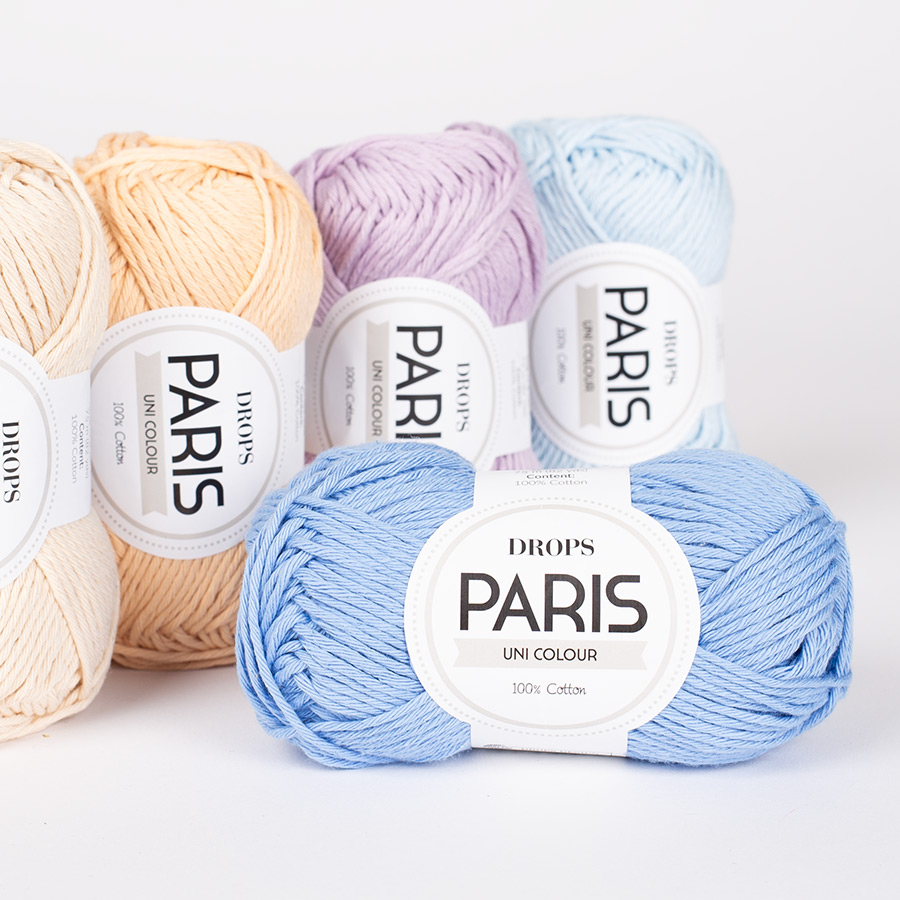
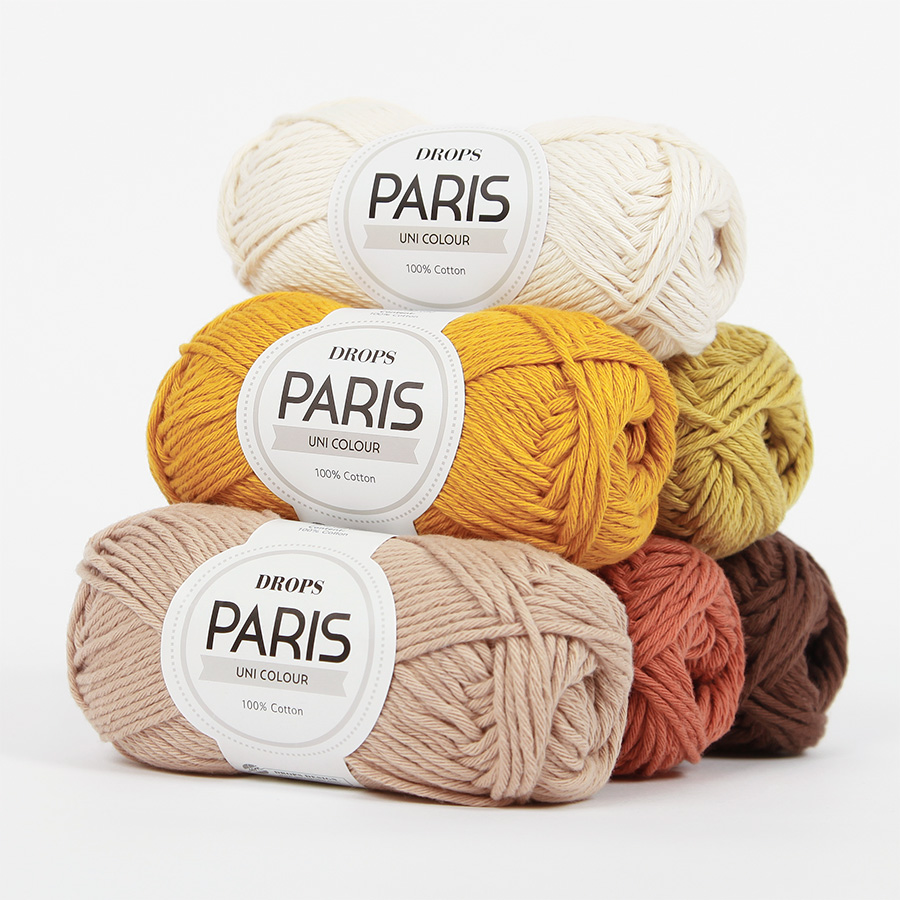
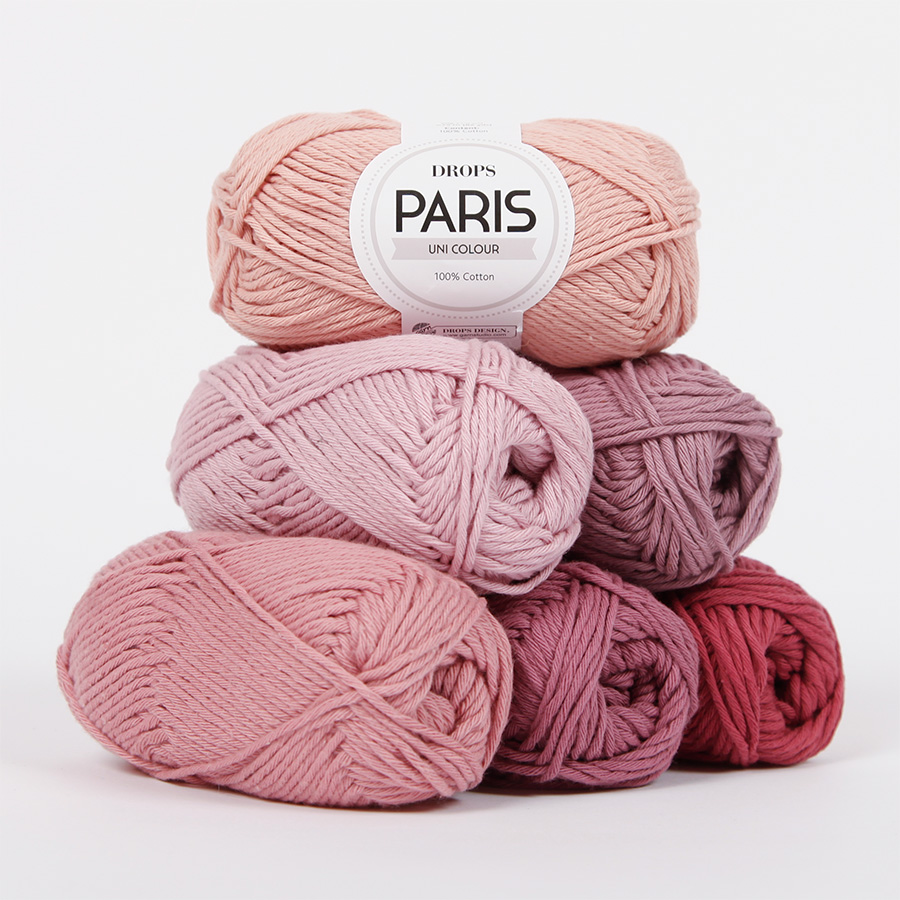
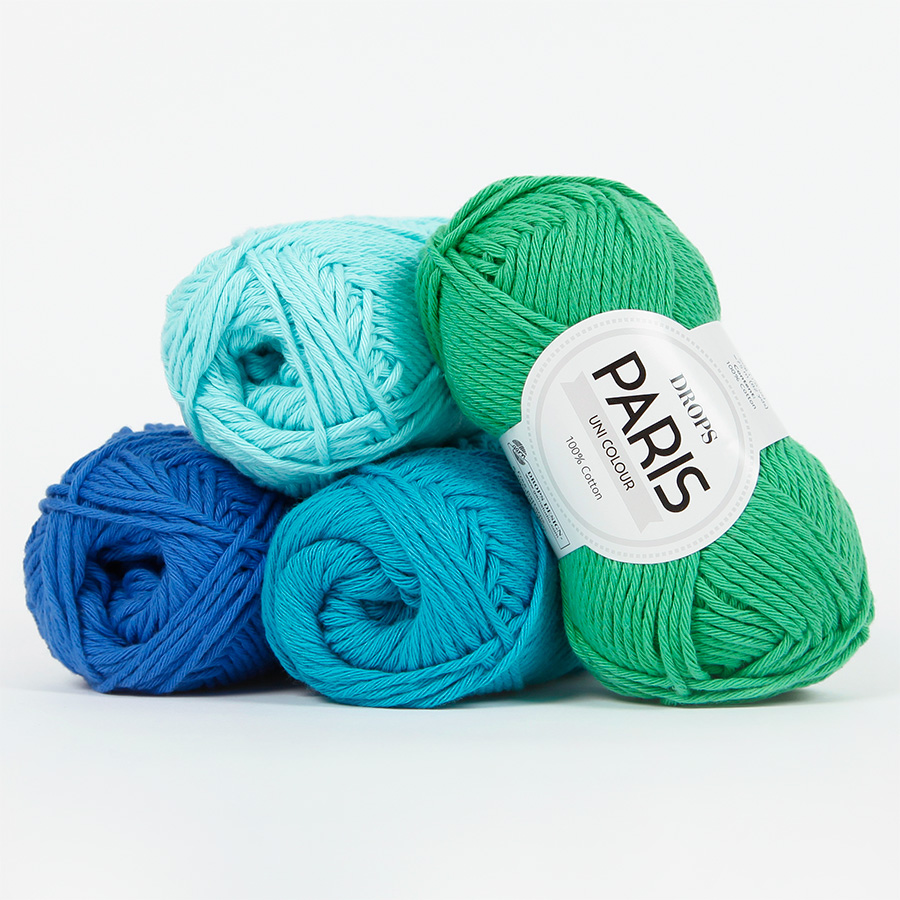
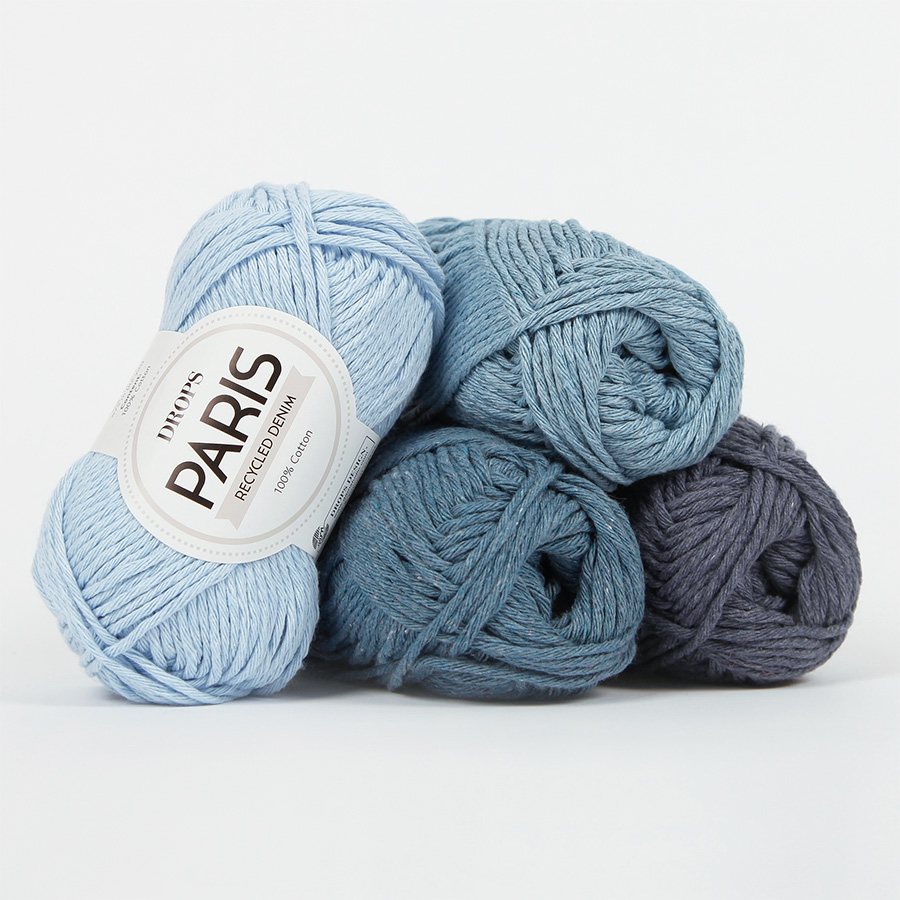
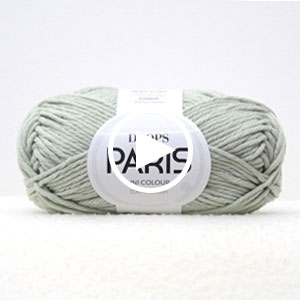











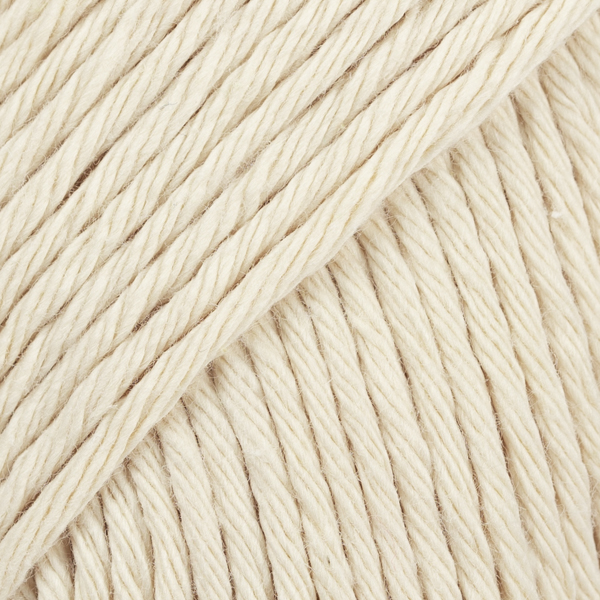


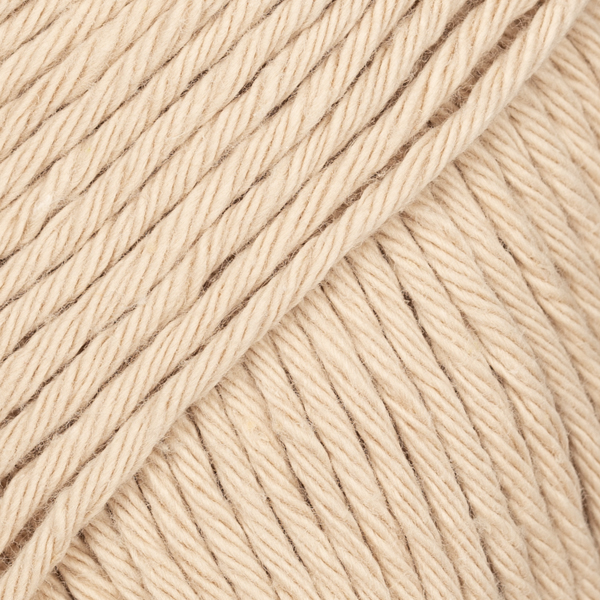
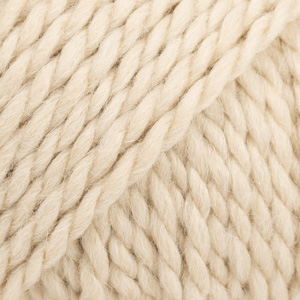











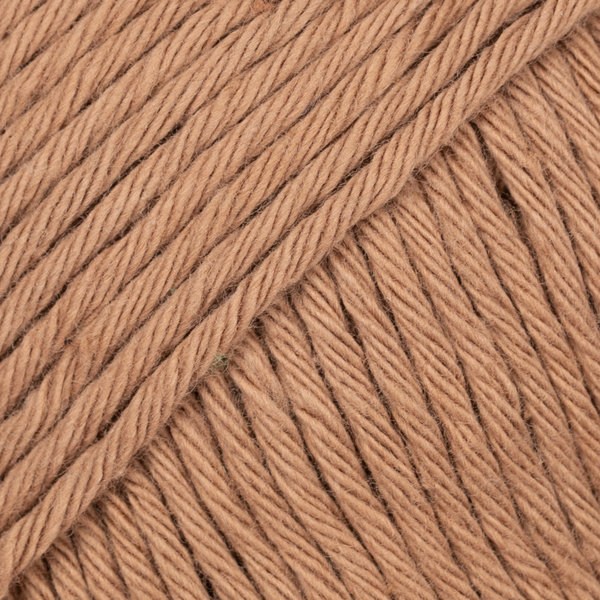



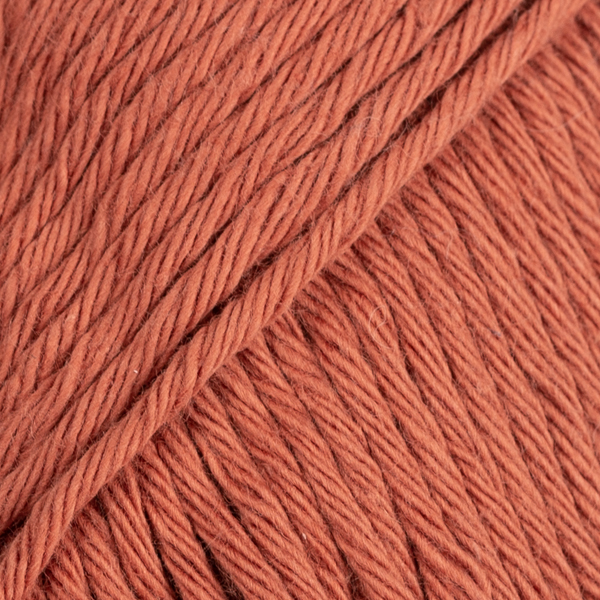




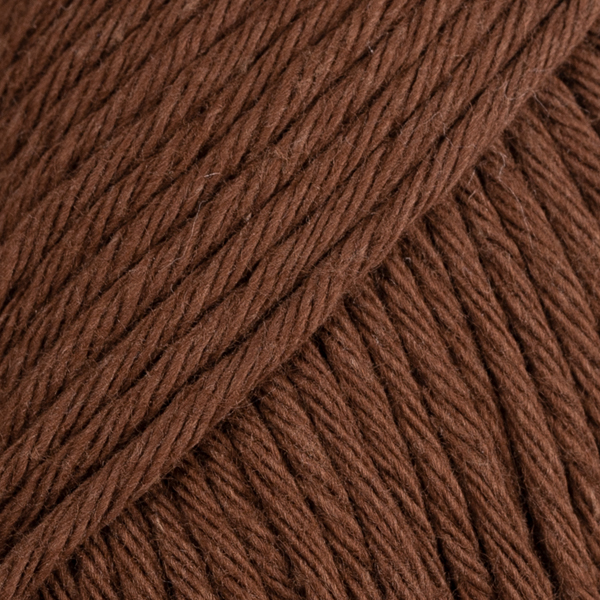






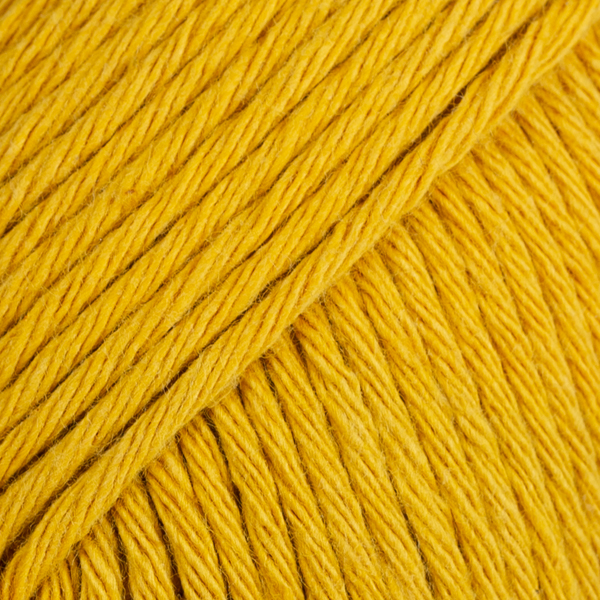



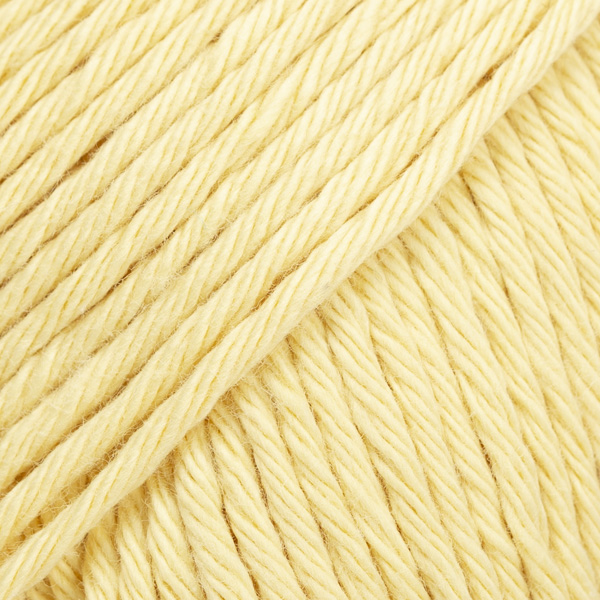


















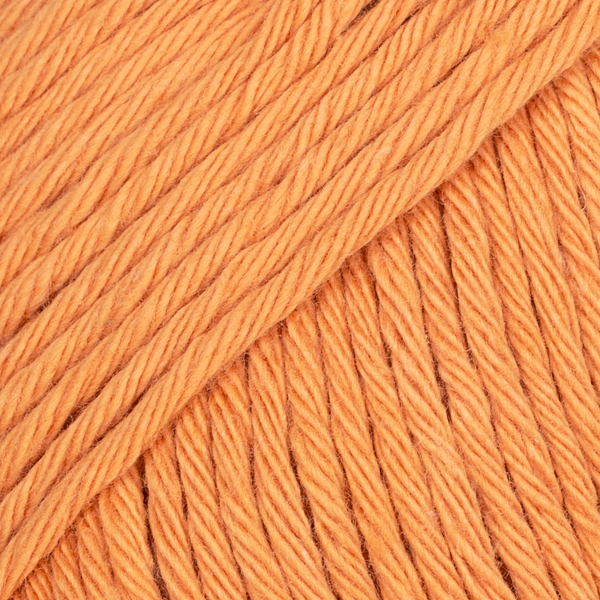





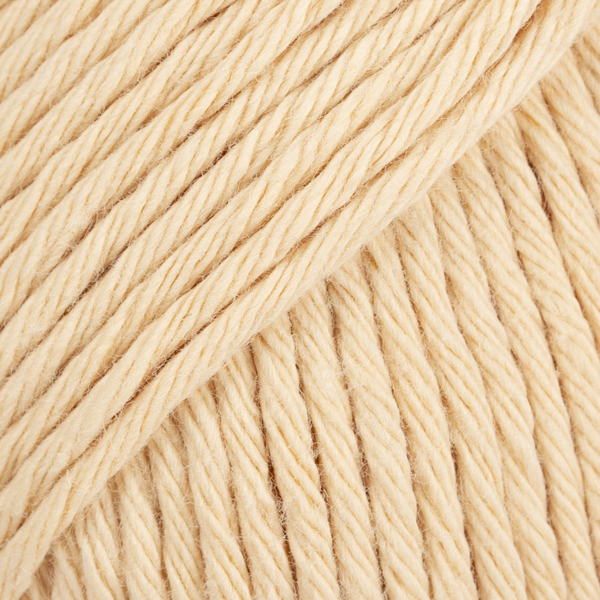







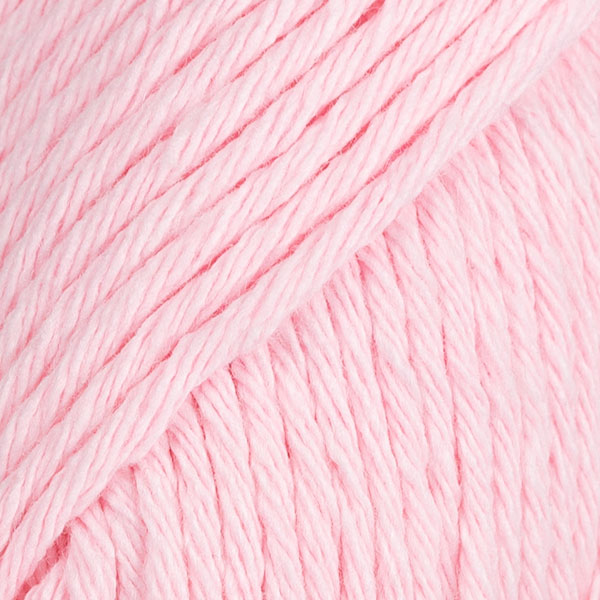




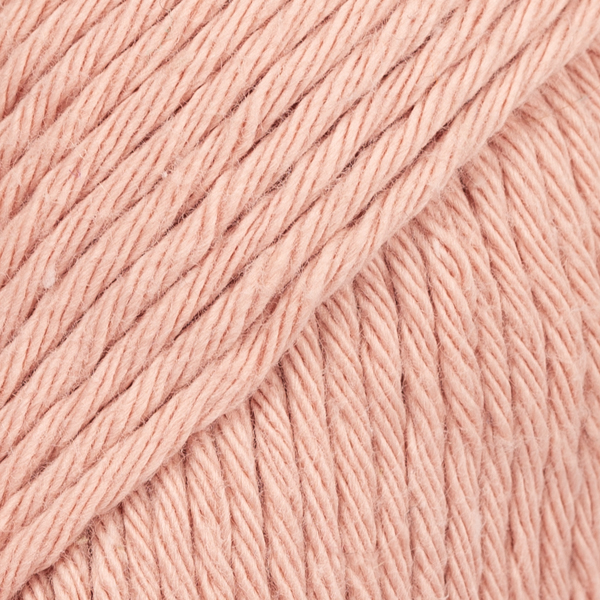



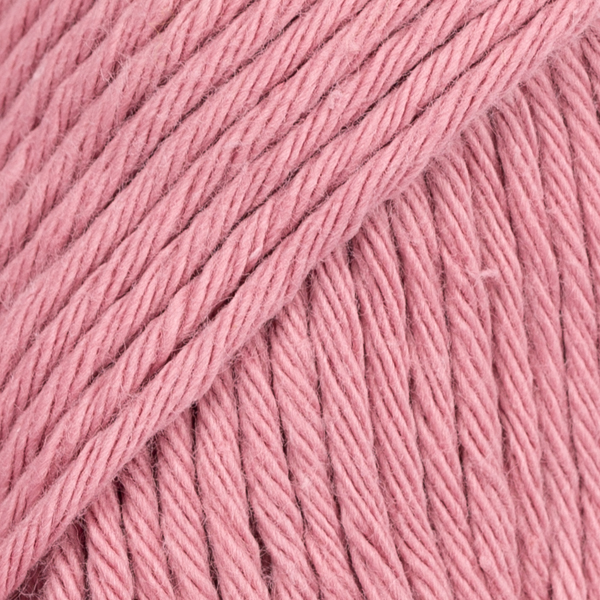















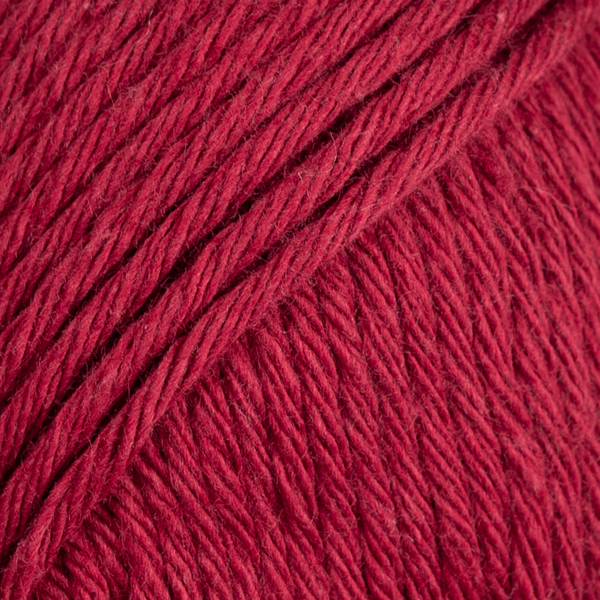

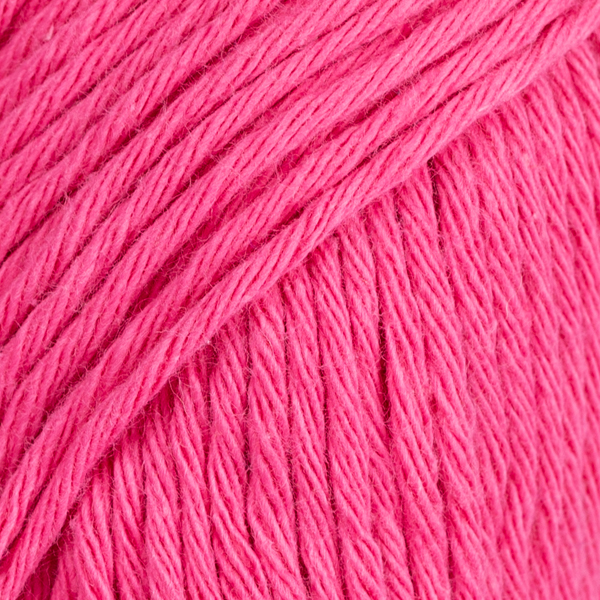









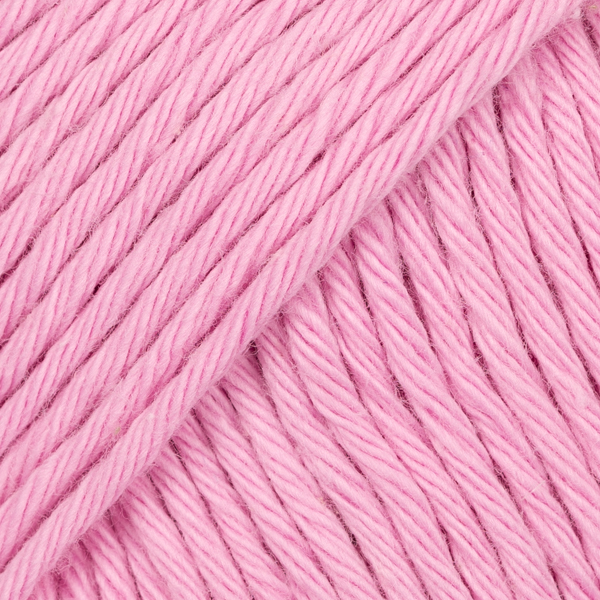


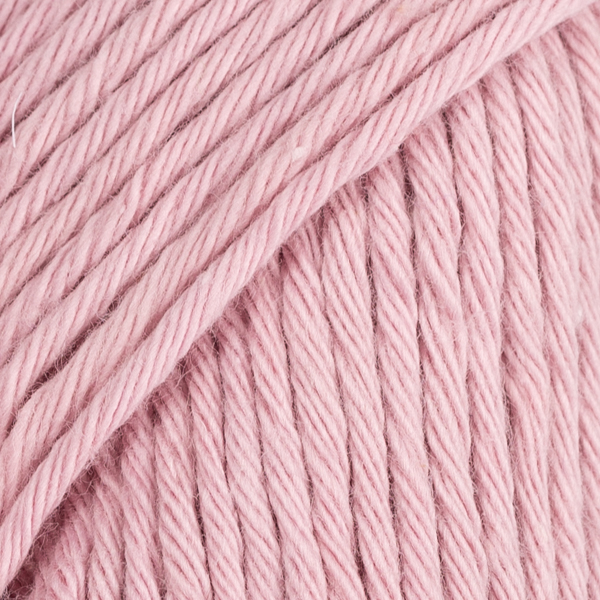

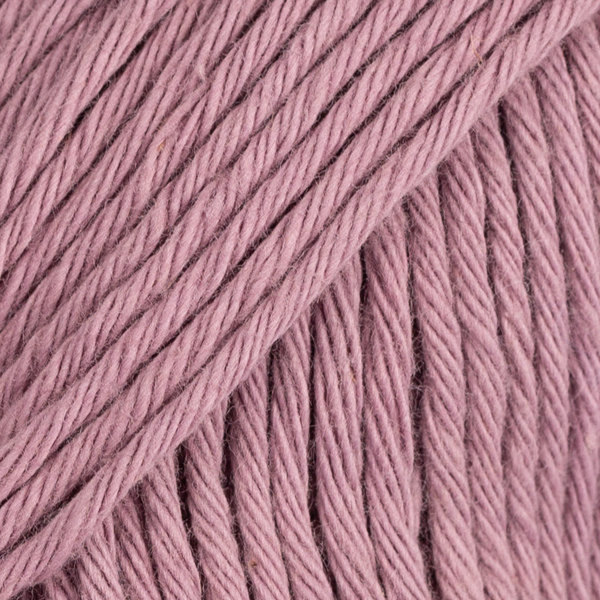


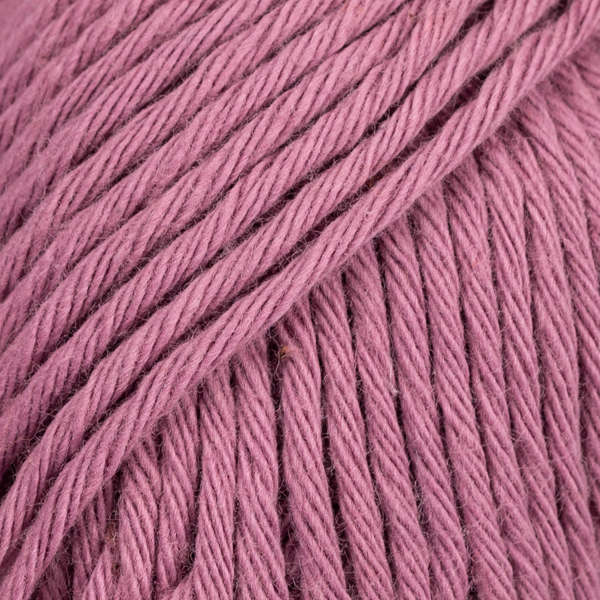

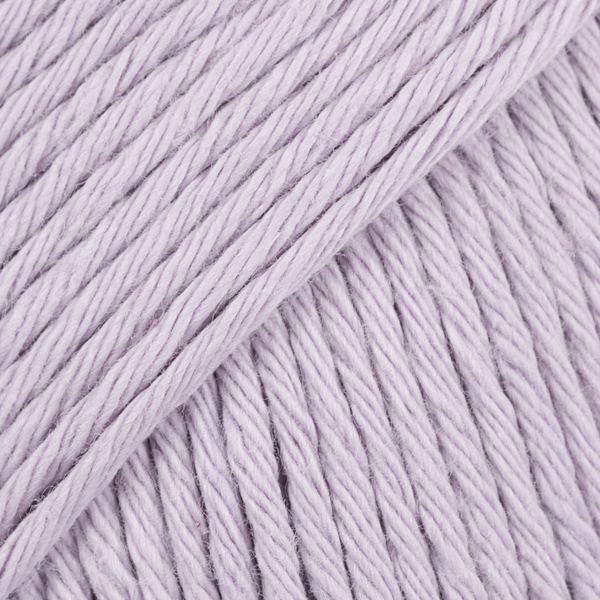

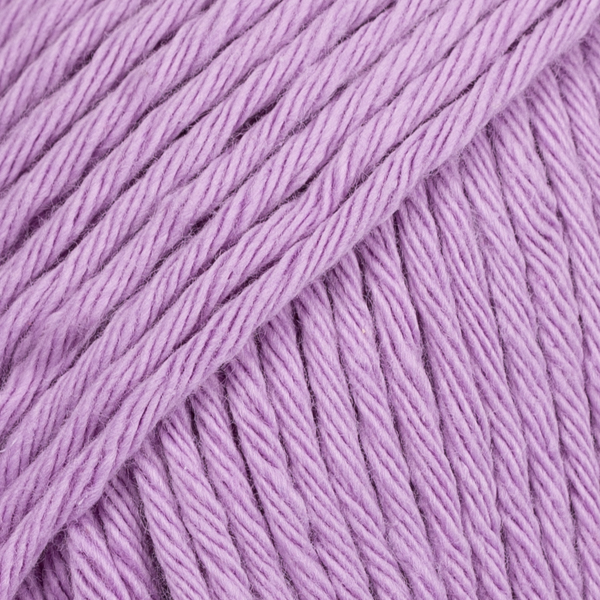







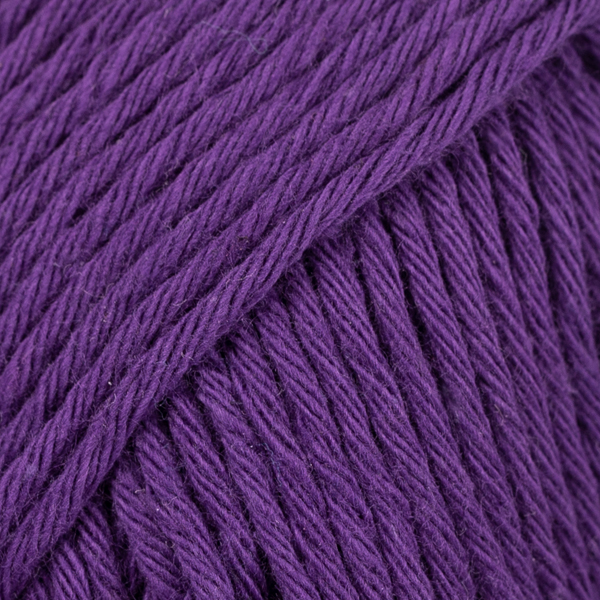
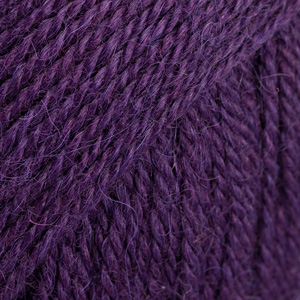





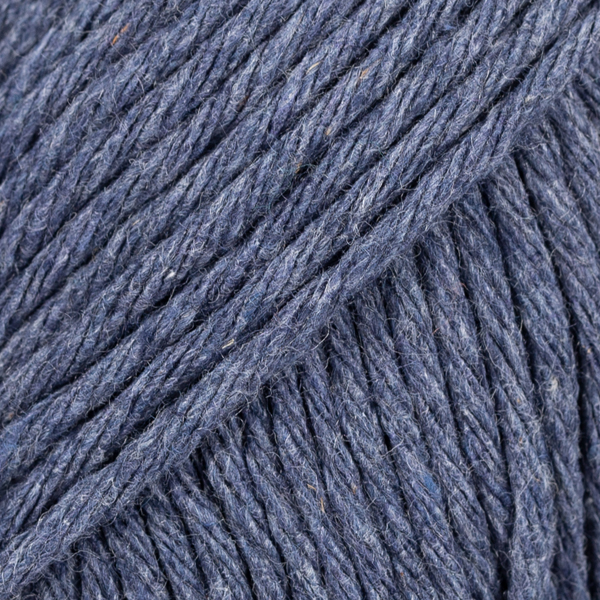

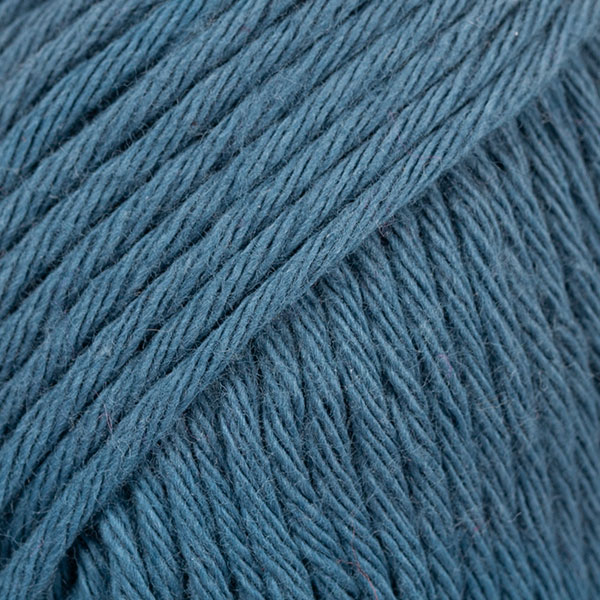





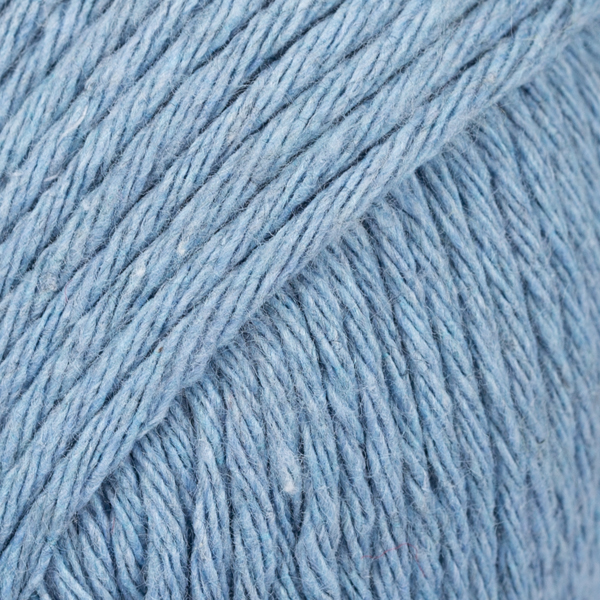


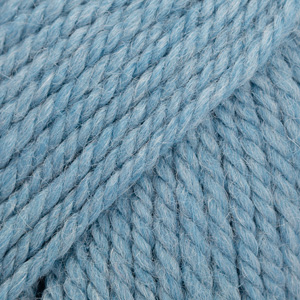



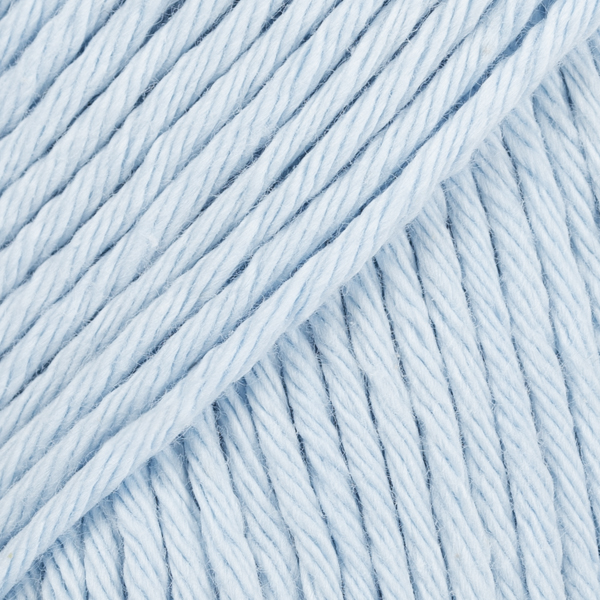








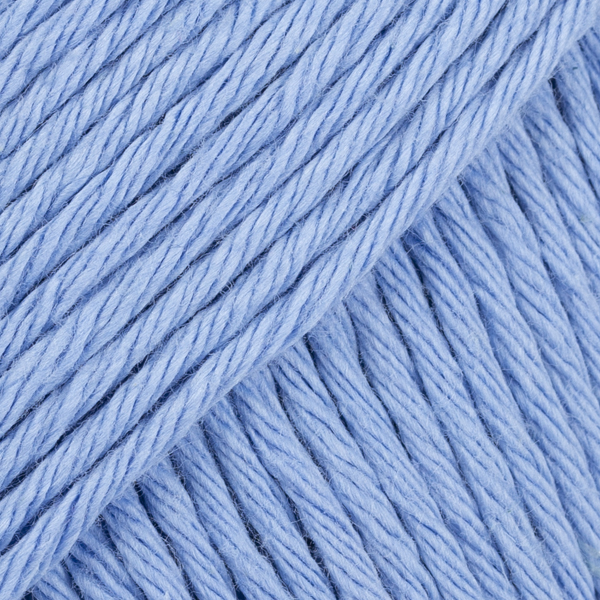


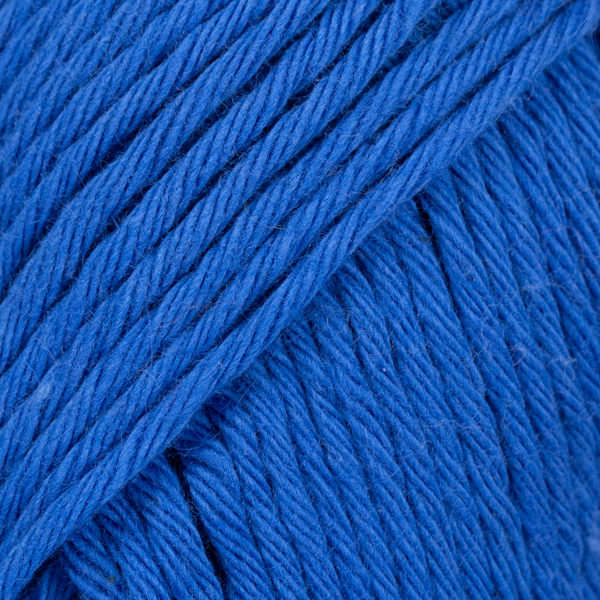













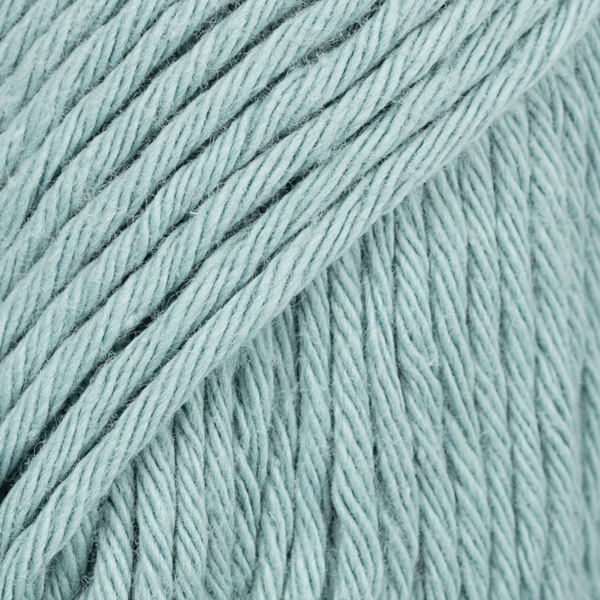



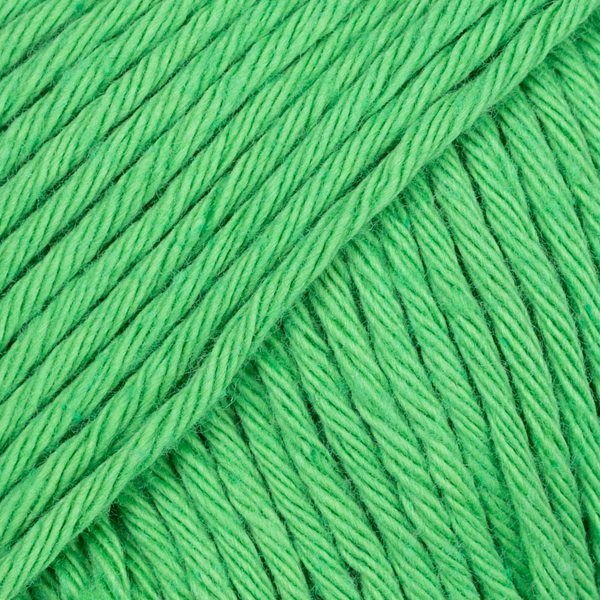













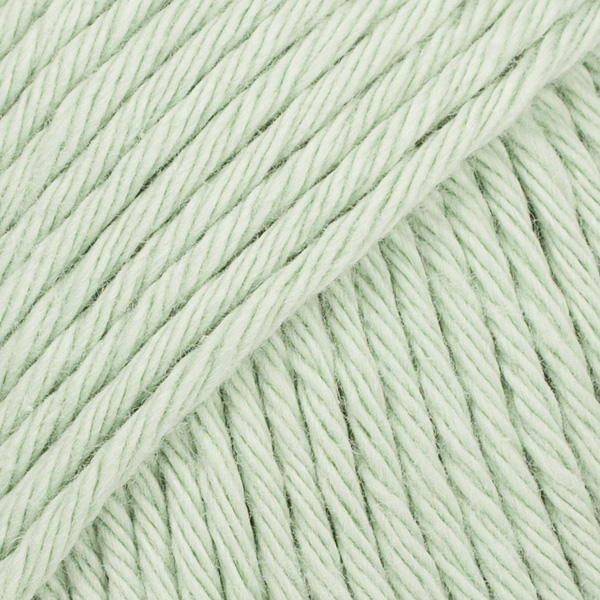

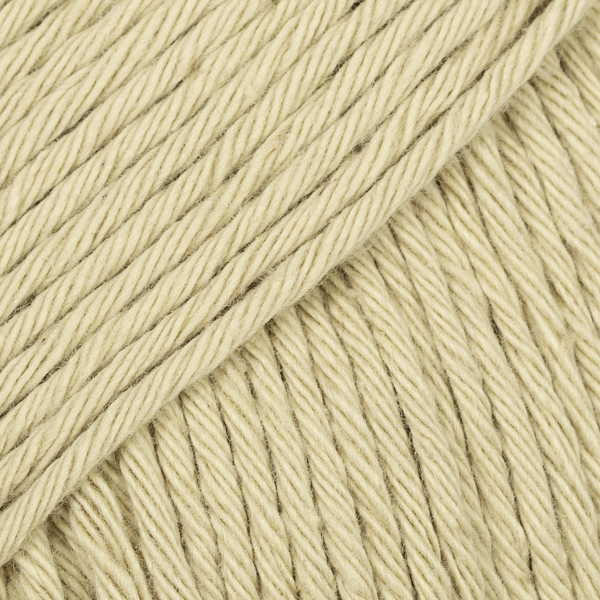



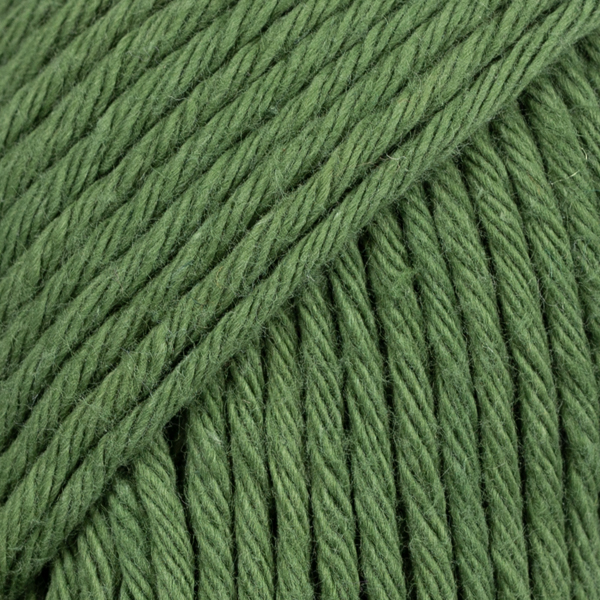
























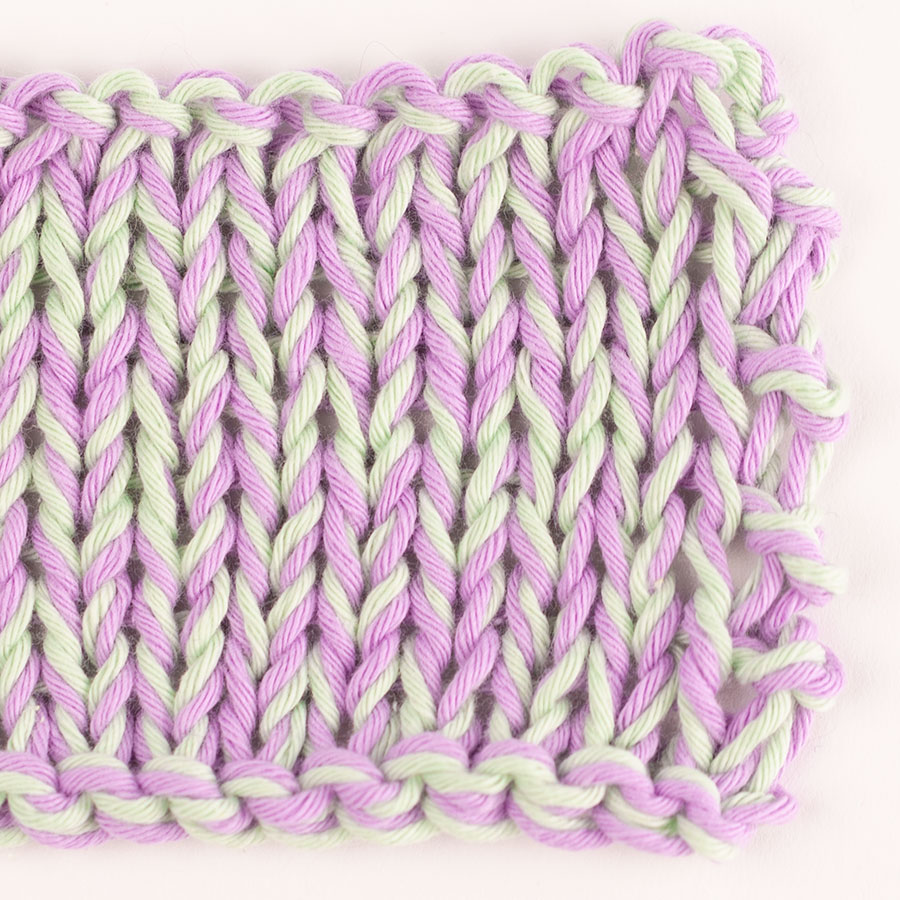
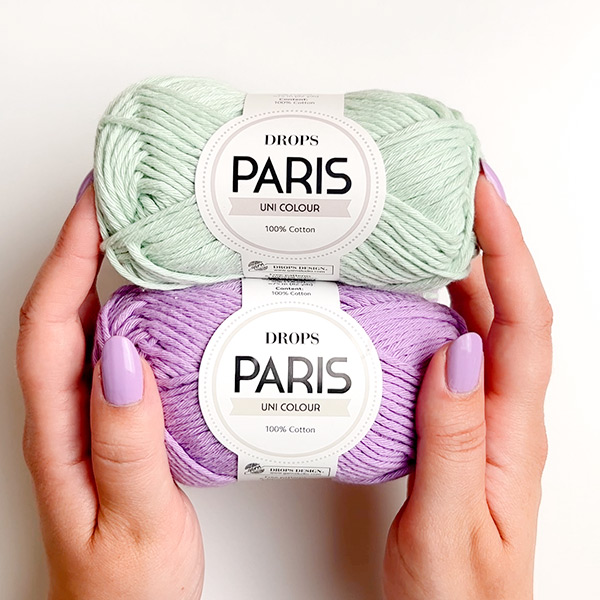
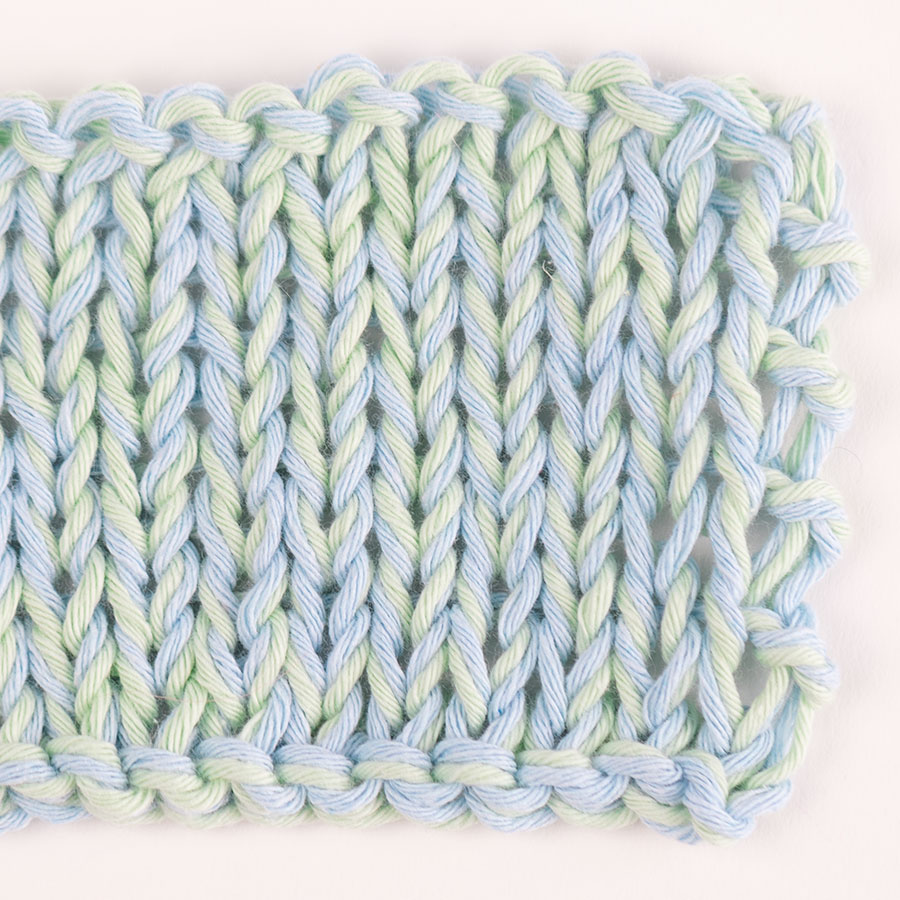
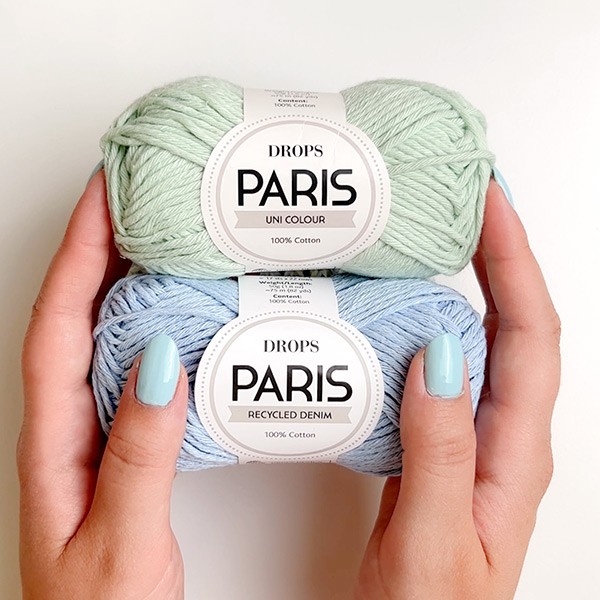
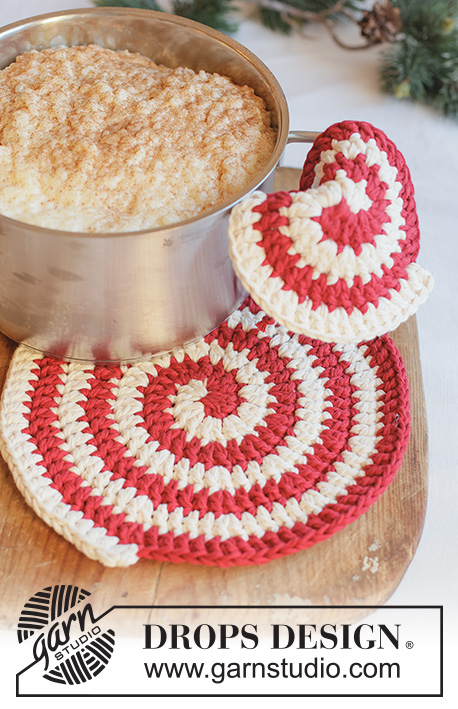







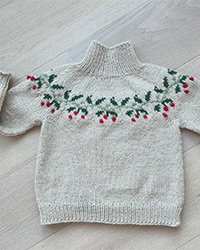





He comprado drops paris uni color color 14y nes totalmente diferente al que he elegido el que mandad es un color caso mostaza y yo lo habia elegido amarillo intenso. me ha decepcionado
26.04.2016 - 15:28